What is Baldo rice and what is it used for
Rice Baldo, called Italian, was brought to Venice by merchants from Asia. The product gained popularity among Italians for its ability to absorb the taste and aroma of other foods. It made an excellent risotto - much tastier than the previously known varieties.
Over time, Italian breeders based on Baldo developed new varieties that differ in color and grain density, but one thing remained unchanged - the rice retained its high taste qualities, the status of superfino, which means: high quality, excellent.
Cooking Baldo, the nuances of the effect of this product on the body and use for weight loss - this is our article.
The content of the article
Rice Baldo: what is it

The Baldo varieties are medium-grained rice, with slightly elongated grains that differ in color depending on the variety.
There are white, transparent and brown unpolished Baldo. The last variety is also called Piedmont. This variety belongs to expensive products.
Reference. A conscientious manufacturer does not allow broken grains in Baldo's packaging. But if any are found, it is not worth going through the rice again. When cooked, Baldo looks uniform; broken grains do not affect the consistency and taste of the dish.
Features:
Baldo is derived from the Arborio variety. It has retained rather large grains from the mother's rice, density (does not boil down into a slurry) and has acquired the ability to perfectly absorb liquid, taste and aroma.
Classic Baldo is distinguished by its grain clarity and slightly yellowish tint.
White Baldo - grains are elongated, but not thin. When cooked, they are soft, quite fleshy, and easy to chew.
Piedmont Baldo - very hard grains with a pleasant honey shade. Requires long-term heat treatment - 40-60 minutes. Obtained as a result of crossing two varieties - classic Baldo and Ribe.
What is the difference from other varieties
Baldo is one of the "pure" rice varieties. In the sense that seven waters do not need to be drained from him, as from others. It is enough to rinse 1-2 times, or even not rinse at all.
The starch content in Baldo varieties is lower than in the rest.
Chemical composition, trace elements, vitamins
The composition of Baldo rice is rich and varied.
The product contains a number of B vitamins:
- B1 (thiamine) - positive impact on all systems;
- B2 (riboflavin) - activation of metabolic processes;
- B6 (pyridoxine) - assimilation of protein and stimulation of amino acid metabolism;
- folic acid - vitamin of youth and a stimulator of reproductive mechanisms in the body.
Acids:
- nicotine;
- pantothenic.
Minerals:
- calcium;
- potassium;
- sodium;
- iron;
- magnesium;
- phosphorus;
- zinc;
- copper;
- manganese.
Baldo contains about 18 amino acids, saturated and monounsaturated fatty acids, and omega-6 fatty acids.
Calorie content and BZHU
The table showscalorie content product and calculation of proteins, fats, carbohydrates per 100 g as a percentage of the daily rate.
| Name | Content (g) |
% of the norm |
| Protein | 7,9 | 8,4 |
| Fats | 0,9 | 1,3 |
| Carbohydrates | 91,7 | 64,13 |
| Calorie content 330 kcal | 21,06 | |
How suitable for weight loss
If you do not take into account white Baldo, then the rest of its varieties are almost an ideal product for losing weight.With one caveat, it is a mistake to treat rice and Mediterranean food as a strict diet. You cannot achieve the desired results.
It would be correct to introduce the concept of "Baldo's special way of life."
It includes: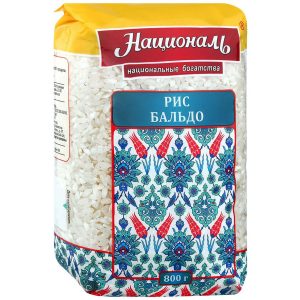
- a complete diet (rice and vegetables, rice and lean meat, rice and fish);
- physical activity;
- stay in the fresh air;
- a certain psychological attitude.
To prepare meals for weight loss, it is advisable to use classic and brown Baldo - they are richer in fiber, contain antioxidants, their glycemic index is much lower than in white varieties.
In long grain rice also contains resistant starch - a form of plant fiber that promotes weight loss and has a positive effect on the body as a whole.
Useful properties for the human body
The content of B vitamins in Baldo is a guarantee of normal functioning of the nervous system and active metabolic processes in the body.
This variety is an excellent sorbent: removing excess fluid from the body, rice simultaneously "captures" toxins, cleansing it of toxins.
Important. Delicate consistency of rice provides soft enveloping of the stomach walls - product shown for diseases of the gastrointestinal tract.
With regular use of Baldo, the body receives many "bonuses" in the form of:
- improving sleep, eliminating insomnia;
- improving kidney function;
- lowering "bad" cholesterol;
- energy reserve for the whole day.
Also, it doesn't call allergies- due to the absence of gluten, it is easily absorbed and does not create a feeling of heaviness in the stomach.
What is Baldo rice used for?
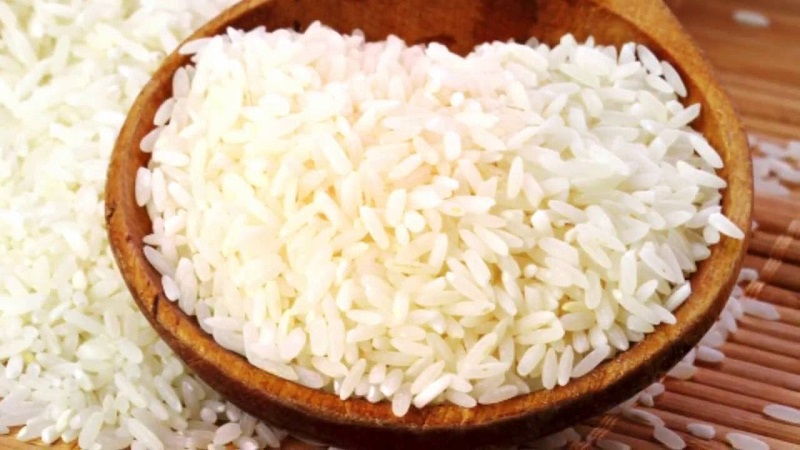
The main area of application is cooking. Baldo is especially good for preparing classic Italian dishes. Risotto from other varieties in Italy is simply not prepared - it is considered bad form.
The variety has proven itself in the preparation of puddings, rice soufflés and baby cereals.
Baldo is used in the preparation of dietary meals - as for slimmingand for the treatment of diseases of the gastrointestinal tract.
Baldo Rice Recipes
This variety is ideal for preparing soft, delicate risotto. Even pilaf is prepared from the Piedmontese variety of Baldo - it is quite hard and turns out to be crumbly in the finished dish.
Classic risotto
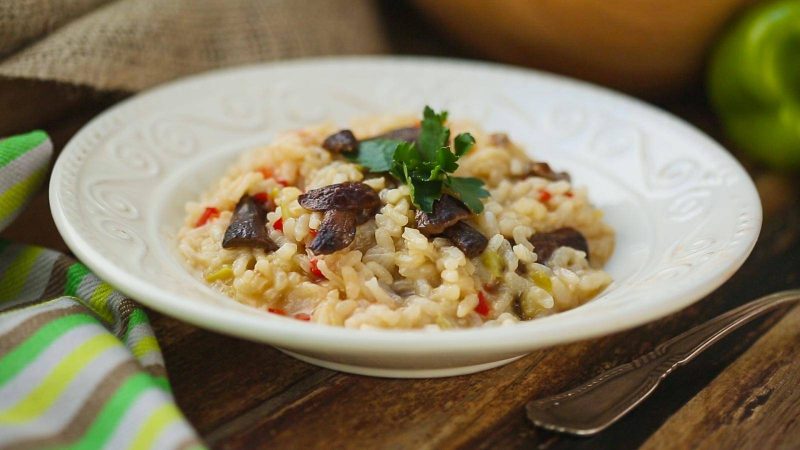
Ingredients:
- Baldo rice - 1.5 tbsp.;
- onions - 2 medium-sized heads;
- celery - 3 medium petioles (without leaves);
- garlic - 2 cloves;
- parsley - a bunch;
- olive oil - 1 tbsp l .;
- butter - 100 g;
- broth (or dry white wine) - 1.5 l;
- cheeses (parmesan, gruyere, talleggio) - 50 g each (you can use any aromatic milk cheeses);
- salt and freshly ground black pepper to taste.
Preparation:
- Take two saucepans or a saucepan and a heavy-bottomed frying pan, and heat the broth (chicken, meat, vegetable) in one bowl, and olive oil in the other.
- Place diced celery, onion and minced garlic in hot oil. Fry until transparent.
- Pour rice with vegetables (do not wash to preserve starch). Cook, stirring constantly, until the cereal absorbs the oil and vegetable juice.
- Pour a ladle of hot broth into the rice and stir again. Be sure to absorb the liquid and add the broth until the rice is clear, soft and creamy.
- Add butter, flavored cheeses, sprinkle with grated parmesan and parsley, turn off the heat and cover - let the dish come through.
Rice and milk pudding
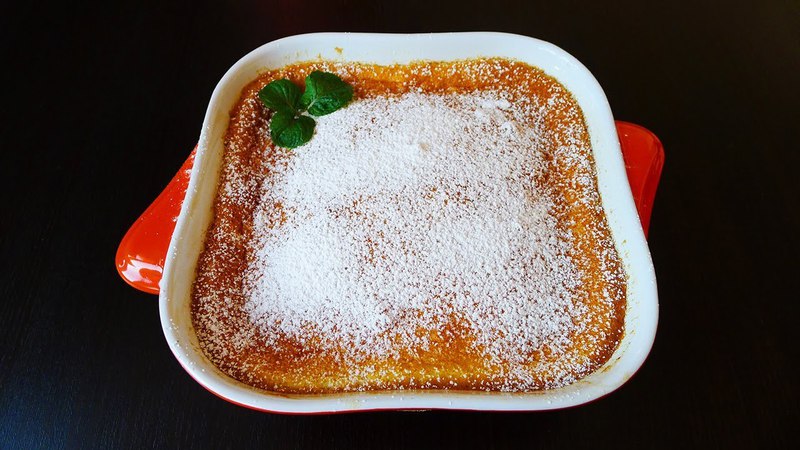
To prepare this dish, you will need a white baldo.
Ingredients:
- rice - 0.5 tbsp.;
- milk - 1 l;
- sugar - 2 tbsp. l .;
- butter - 1 tbsp l .;
- vanillin and cinnamon to taste;
- raisins - to taste;
- raw yolk.
Preparation:
- Put rice in a saucepan with a thick bottom, pour milk, add butter, sugar - mix.
- Bring to a boil over medium heat, stirring constantly.
- After boiling, reduce the fire and cook for 20-25 minutes, without stopping stirring - at this stage, the rice should still increase in volume and acquire a creamy consistency.
- Remove the cooked rice from heat, add vanillin.
- When it cools a little, stir in the yolk into the pudding, put in a mold.
- Sprinkle lightly with cinnamon before serving.
Veal curry with Baldo
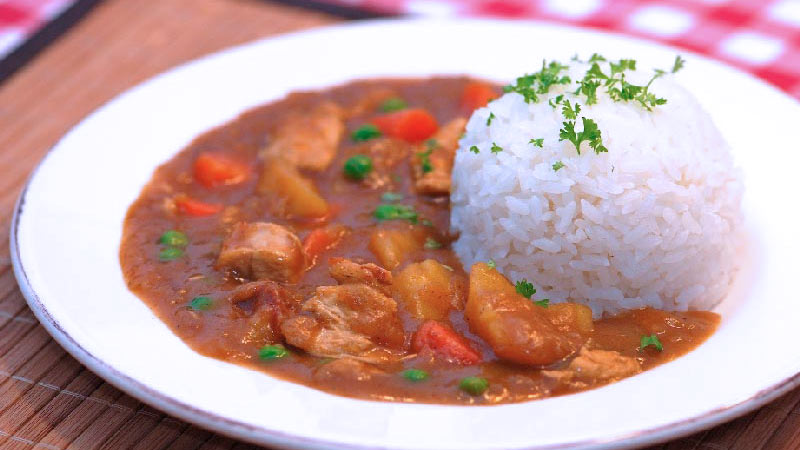
The dish belongs to the "eintopf" category, which means everything is in one pot.
Ingredients:
- veal - 0.5 kg;
- Baldo rice - 200 g;
- leeks - 100 g;
- dry white wine - 130 ml;
- beef broth - 500 ml;
- olive oil - 1 tbsp l .;
- apples - 2 pcs.;
- curry - 1-2 tbsp. l .;
- raisins (light) - 3 tbsp. l .;
- pine nuts - 3 tbsp. l.
Preparation:
- In a skillet with a thick bottom over high heat, fry the veal (after heating the oil). Transfer the finished pieces to a bowl.
- Pour the leeks and finely chopped apples into the butter. Fry the contents for about two minutes.
- Add rice to the onions and apples. Let the rice saturate lightly with the apple and onion flavors.
- Pour in wine and broth. Bring to a simmer and reduce heat
- Place a lid on the skillet and cook for 10 minutes.
- Then return the meat to the skillet, add the curry, raisins and nuts.
- Cover again and let simmer for 5-10 minutes until al dente rice.
How to cook Baldo rice correctly
Baldo is not washed before cooking.
Reference. Rice of this variety absorbs a lot of liquid, the cooking ratio is 1: 2.
For white and classic Baldo to be ready, it is enough to cook it for 20 minutes. Piedmont Baldo requires a much longer heat treatment time - up to an hour.
Cook rice in a saucepan with a thick bottom (stewpan), evenly distributing the cereal in boiling water.
Bring the rice to a boil over high heat, reduce the heat and wait 10 minutes until the cereal is cooked.
Reference: To separate the grains from each other, cooked hot rice is stirred with a wooden spatula or stick.
Possible harm and contraindications
Rice is contraindicated for people prone to constipation. Grain can cause colic and flatulence. For such problems, it is recommended to reduce the consumption of rice to once a week.
Important. With regular consumption of rice dishes, there is a risk of active removal of potassium from the body - this negatively affects the work of the cardiovascular system.
Conclusion
Rice Baldo, if used correctly and in moderation, will solve problems with excess weight, indigestion and slagging of the body. Provides a feeling of fullness and lightness, energizes the whole day.
The use of the product has more advantages than disadvantages. And one of the indisputable advantages of Baldo is that the cooked dishes acquire a traditional "Italian" taste.